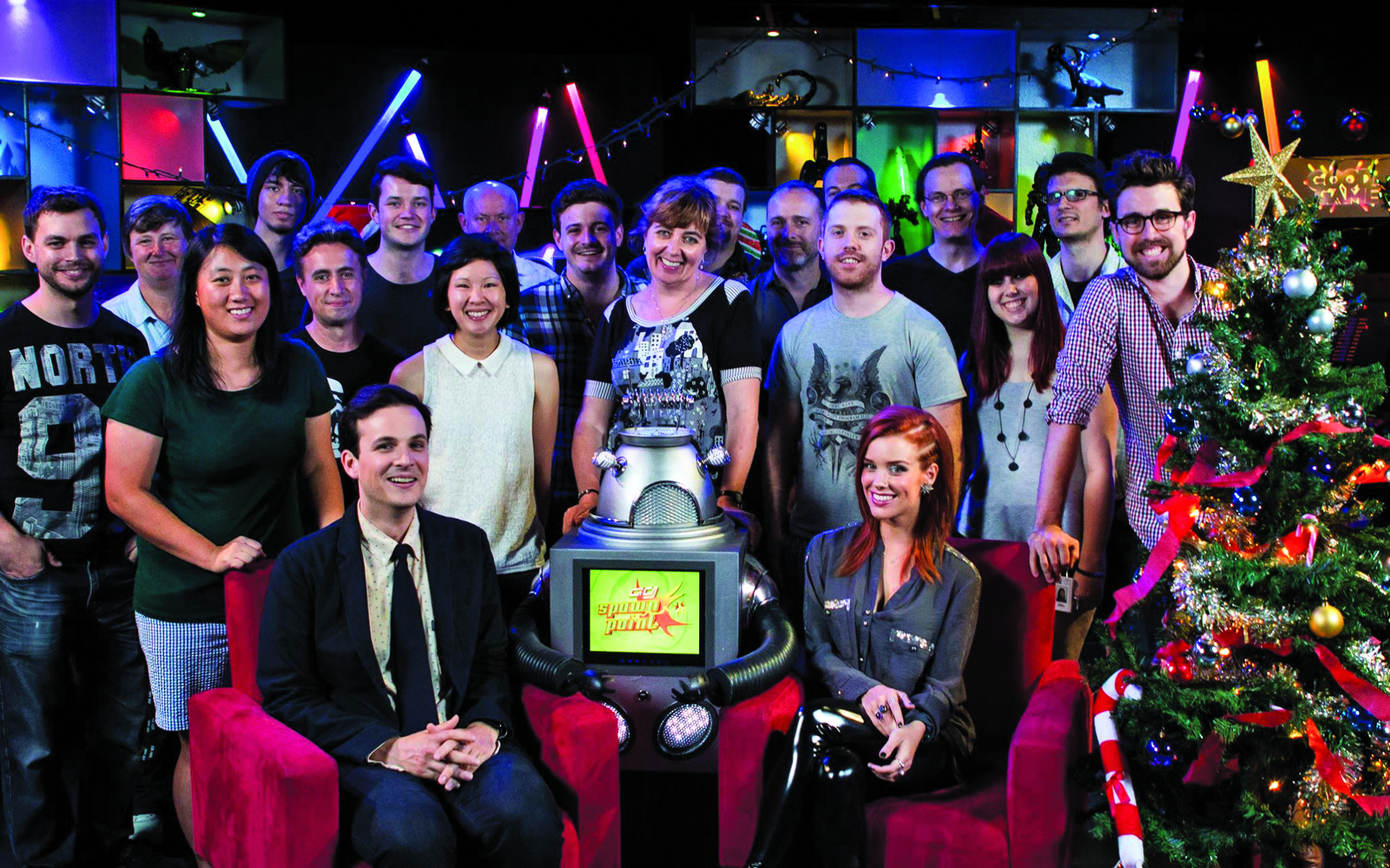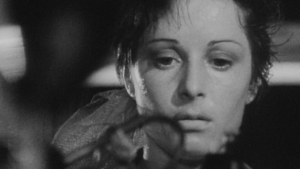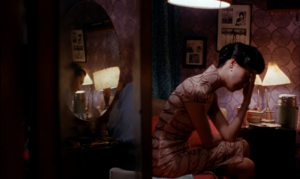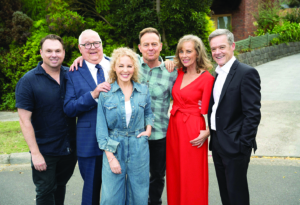It was quite a time to be writing about videogames in Australia in 2014. My first Scope column was in Metro 180, and, looking back at it now, it feels like it was part of a different universe.
The column was about a game called Ashes Cricket 2013, which had just been pulled from online stores due to some pretty big bugs. The game, put simply, did not work. Ashes Cricket 2013 was an embarrassment – it was made by Trickstar Games, and, importantly, was partially funded by the federal government, via Screen Australia. This description alone dates such a column: Australia thankfully rarely makes poor-quality, high-profile games anymore; Trickstar Games, like so many mid-size Australian game studios, no longer exists; and Screen Australia has not funded anything to do with videogames since 2014.
It’s been a privilege to observe the Australian games industry from these pages for six tumultuous, invigorating and complicated years. This Scope column has been witness to industry-changing events. At the start of 2014, all of these things were yet to come: the release of Australian mobile powerhouse Crossy Road (Metro 184); ABC TV cancelling stalwart videogames-culture show Good Game (Metro 192); the arrival of the Nintendo Switch (Metro 193); the industry-changing behemoth that was Pokémon GO (Metro 190); and even Grand Theft Auto V being removed from store shelves by Kmart Australia due to the controversy that perennially follows that franchise (Metro 185).
There have certainly been common themes affecting the local games industry over these six years, however, and certain subjects have cropped up in Scope more than others. Take classification, for example. Leaving aside controversies such as that following Grand Theft Auto V, when I started writing for Scope in 2014, Australia had just been through one of the biggest changes in videogame classification since the introduction of the current system in 1995. An R 18+ rating level – which had never before existed for videogames – had just been introduced (Metro 181). Today, hundreds of videogames are comfortably sold with the black R 18+ sticker, and there is no evidence that they are getting into the hands of minors as a result (something opponents of the change claimed would happen). In fact, games are still refused classification (effectively banned from sale) in Australia, such as zombie horror game DayZ in 2019.
Gender and questions of workplace safety, representation and videogames culture are as dominant today as they were in 2014. In fact, it was not long after my first Scope column in 2014 that the events later known as Gamergate began (Metro 183). Gamergate started as an incident of partner abuse against a high-profile woman videogame developer, and expanded to become an all-consuming war targeting women, minorities and their allies in the videogames industry. Many talented workers left the industry following Gamergate – thanks in part to a lacklustre response from key institutional figures – and have yet to return. Gamergate was also one of the high-profile cultural wars that preceded and served as a dry run for the kind of online warfare that led to the Trump presidency, and even included some of the same actors (bigoted online publication Breitbart and one-time alt-right darling Milo Yiannopoulos, for example). The elements to create Gamergate were already present in the videogames industry in 2014, yes, but things have never quite been the same since. Indeed, it was only recently that something approaching a #MeToo moment occurred for videogames, years after other industries (Metro 203).
The question of what the government can do to support Australian videogames continues to be a vexed one. The only national funding scheme began in 2013 under Labor, and was shut down a little more than a year later by the incoming Abbott Coalition government (Metro 182). Most states (with the exception of New South Wales) continue to fund videogames in their own way, but it has been some time since videogames were part of any sort of national cultural strategy or policy. In 2016, a Senate Inquiry led by then–Greens senator Scott Ludlam returned a unanimous set of recommendations that included restoring federal videogame funding (Metro 189), and, before the 2019 election, Labor promised to do exactly that (Metro 201), though that all seems a very long time ago now.
Perhaps the most recurrent issue for the Australian videogames industry has been one of labour (Metro 186, 197, 199, 202 and 203). This is surprising, to say the least. Unionisation and labour advocacy were, for the videogames industry, always taboo topics. ‘The terms of labour in the videogames industry have long been set by bosses and the status quo rather than by workers,’ I wrote in 2018. In just a few short years, those terms of labour have undergone a dramatic about-face, and, although there’s hardly been a revolution, it’s become conceivable that we’ll see increasing unionisation in the games industry worldwide. At games-industry events, it is now fair to assume that the majority of the audience will be vocally pro–workers’ rights, just for a start. How this will change the industry is still anyone’s guess, but – at least in Australia, where the majority of work is independent rather than contracted or paid for by big business – things may not work out so simply. What do workers’ rights look like when we’re talking about an industry in which five people in a company is mid-tier? This is ‘corporate oligopoly, structured by “democratic” open-distribution platforms,’ I wrote in Metro 203.
Personally, since I started writing my columns for Scope in 2014, I’ve finished a PhD, had a stint as director of the Freeplay Independent Games Festival, written a book on gender in the games industry and made music for four released games. It’s been a big six years, and it’s time for new voices here. A new decade, and a new Scope. Thanks for reading.





